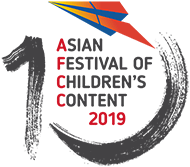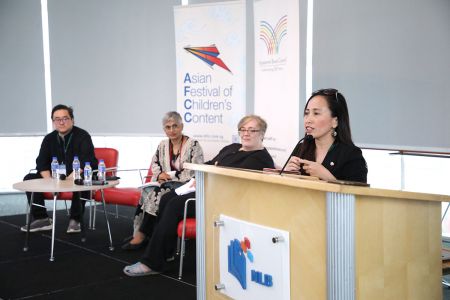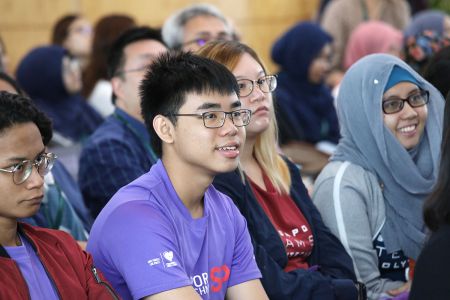AFCC Launch & Keynote
| Date: |
5 Sep 2019
, 9:00am – 10:30am
(Thursday)
Add to Calendar
09/05/2019 09:00AM
09/05/2019 10:30AM
Asia/Singapore
AFCC Launch & Keynote
Championing Diversity In A Volatile World Why is it important for children to see themselves represented in the books and media they consume? What does it really mean to "Champion Diversity in a Volatile World"? L16, The Pod |
|---|---|
| Venue: | L16, The Pod |
| Admission: | Open to all AFCC pass holders |
| Speakers : | Helen Wang, Sara Sargent, Mary George |
| Moderator: | Geraldine Zuzarte |
Championing Diversity In A Volatile World
Why is it important for children to see themselves represented in the books and media they consume? What does it really mean to "Champion Diversity in a Volatile World"?
To officially launch the Asian Festival of Children’s Content 2019, join us for the opening keynote as our distinguished speakers offer their views on this year’s festival theme of Diversity in a series of keynote addresses, followed by a panel discussion.
(Sign-language interpretation and note-taking services will be available for this session.)
Keynote Speakers
|
|
The Role Of Translation In Bridging Cultures
|
|
|
Seeing Through Their Eyes: Publishing’s Imperative to Represent All Voices
|
|
|
How Diversity in Visual Art Affects Children’s Sense of Self and Other
|





